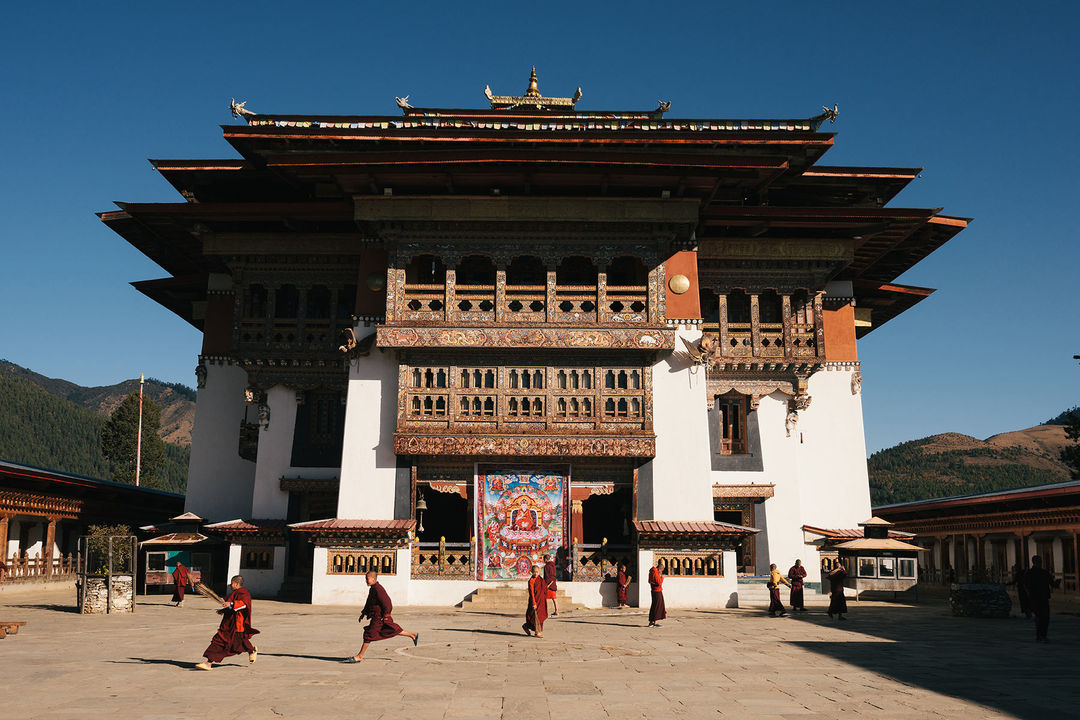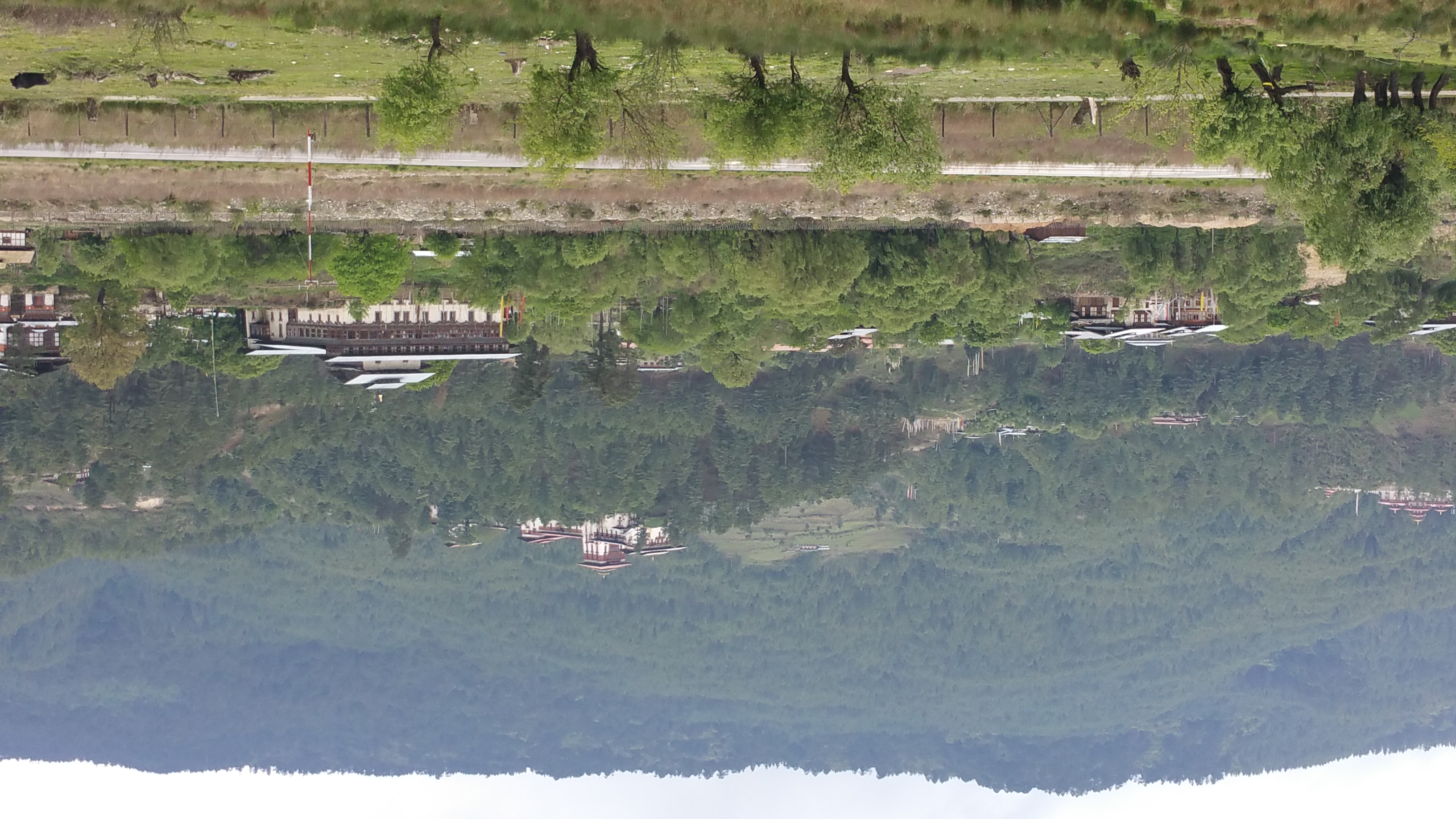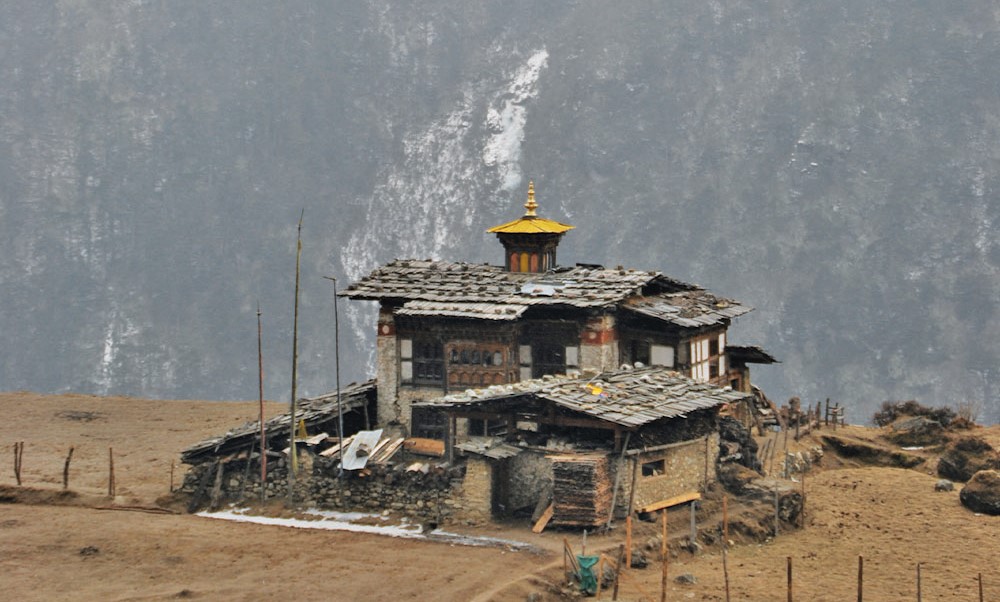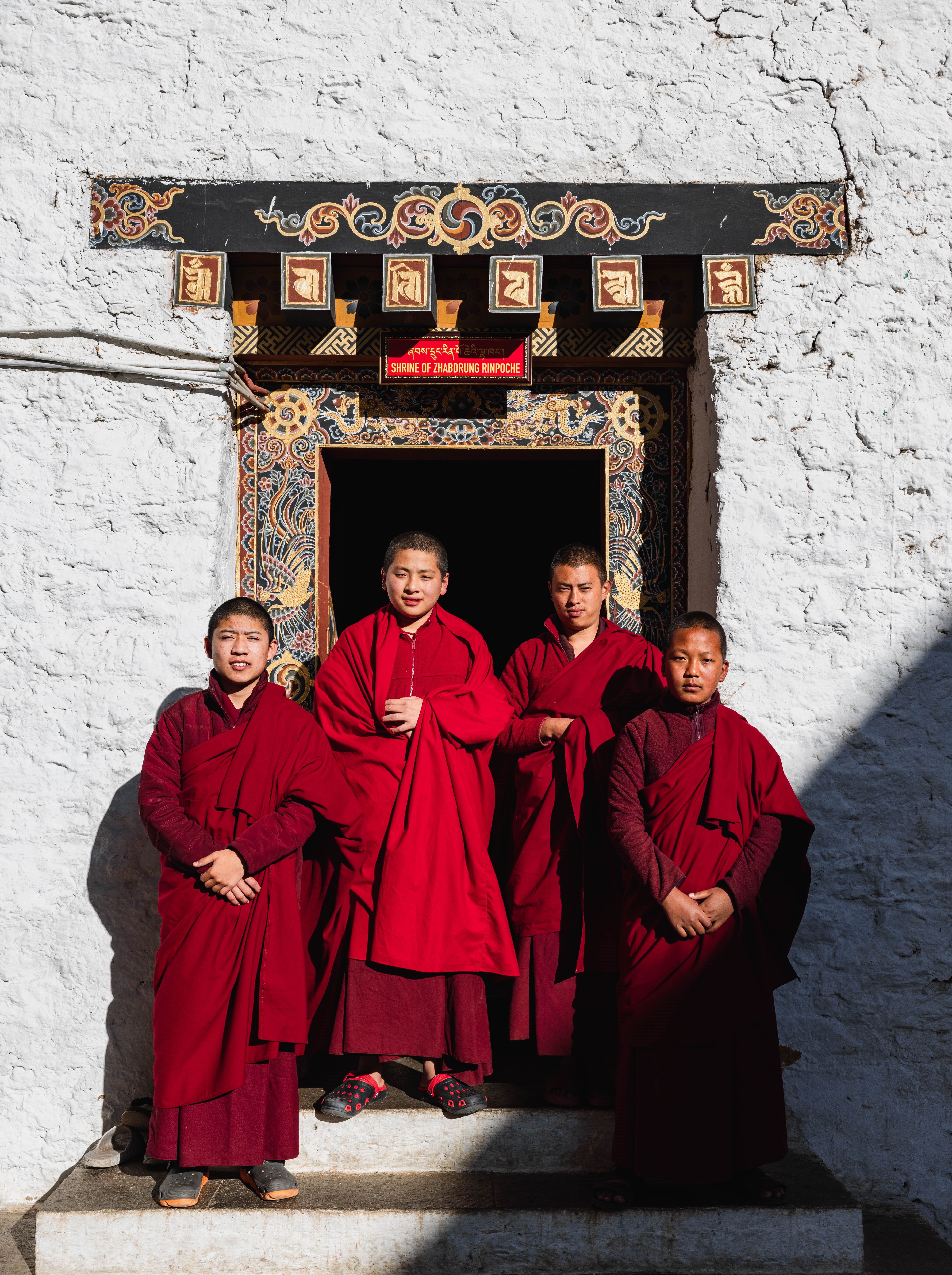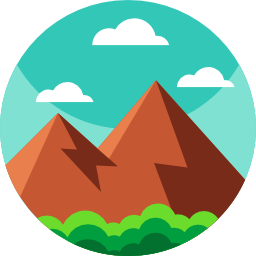
Trekking and Hiking

Adventure
Spirituality and Wellness

Wild Life
OUR PRIDE
Our People
There are several communities, each with their own culture, dress, language, and unique festivals. In the West, the Ngalops form the majority and live along Haa, Paro, Thimphu, Wangdi Phodrang and Dagana districts. The language spoken is Dzongkha and the main crops grown is rice. In the East, the Sharchop for the majority and covers the districts of Mongar, Tashigang, Trashiyangtse, Pema Gatsel and Samdrup Jongkhar. Tshangla is the local language and maize and rice are the main crops.
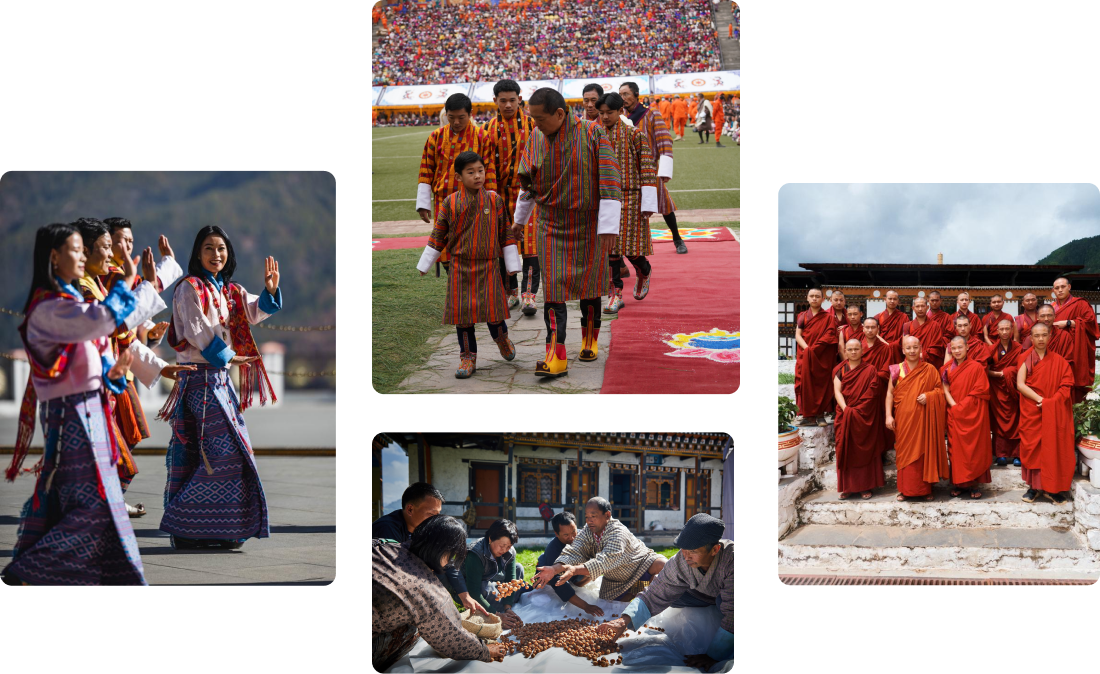
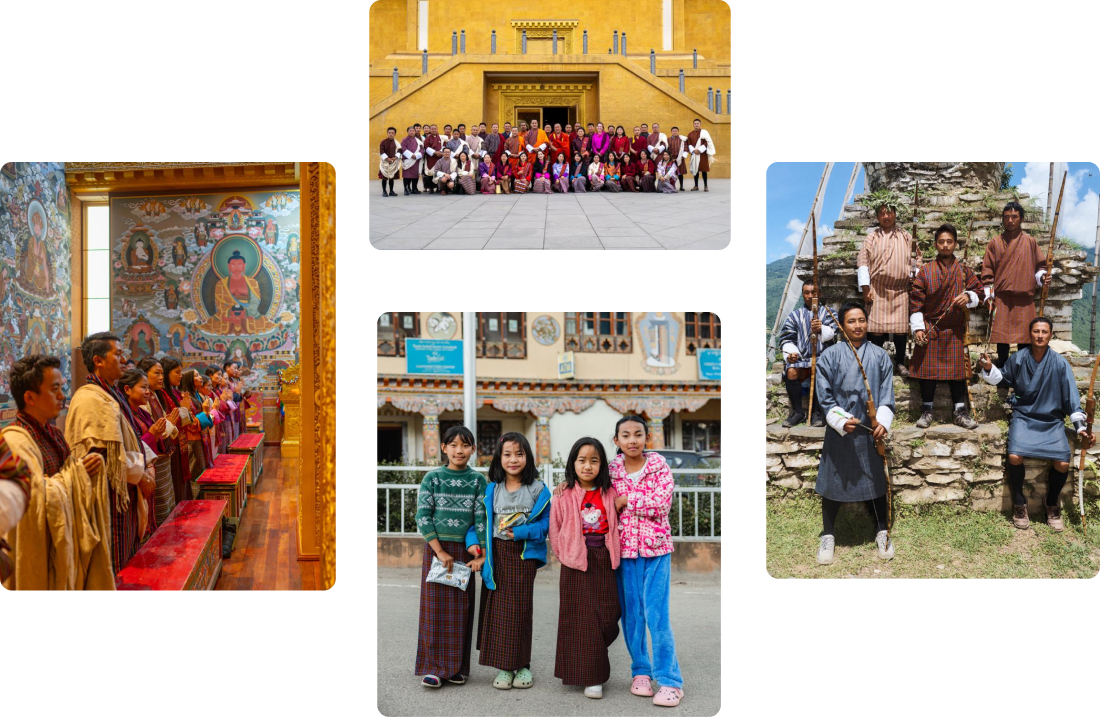
In the South, the Lhothsampa form the majority and are mostly Hindus. They speak Lhotshampakha (Nepali). Then there are the Mangdips and Bumthaps in Torngsa and Bumthang respectively. The Highland communities live in the mountains with yak herding as the main occupation. They stretch across the northern region starting from Haa in the west to Soe, Naro, Lingshi, Laya, Bumthang, Merak and Sakteng in the east.
Buddhism
Buddhism
Drukyul, the land of the thunder dragon, as the Bhutanese call their nation, is a deeply spiritual land with Buddhism permeating every aspect of its culture and life. Today, it stands as the last bastion of Vajrayana Buddhism, which is the state religion. Approximately 75% of the population are Buddhists, followed by 24% Hindus, and about 1% being Christians and Bon. As you travel across the country, it becomes readily apparent, given the extensive influence of Buddhism, with numerous monasteries dotting hilltops, clusters of prayer flags fluttering on the hills and over bridges, and paintings of Buddhist scriptures and figures on rock faces and houses. Bhutanese are deeply religious and take time to visit temples regularly, especially on due-za (holy days in the lunar calendar), attend religious festivals, listen to and take blessings from learned Buddhist masters, circumambulate chortens, and visit spiritual sites. These are all done to accumulate good karma in this lifetime, to have a better rebirth, and come nearer to achieving nirvana in the future.
.jpg)
.jpg)
.jpg)
